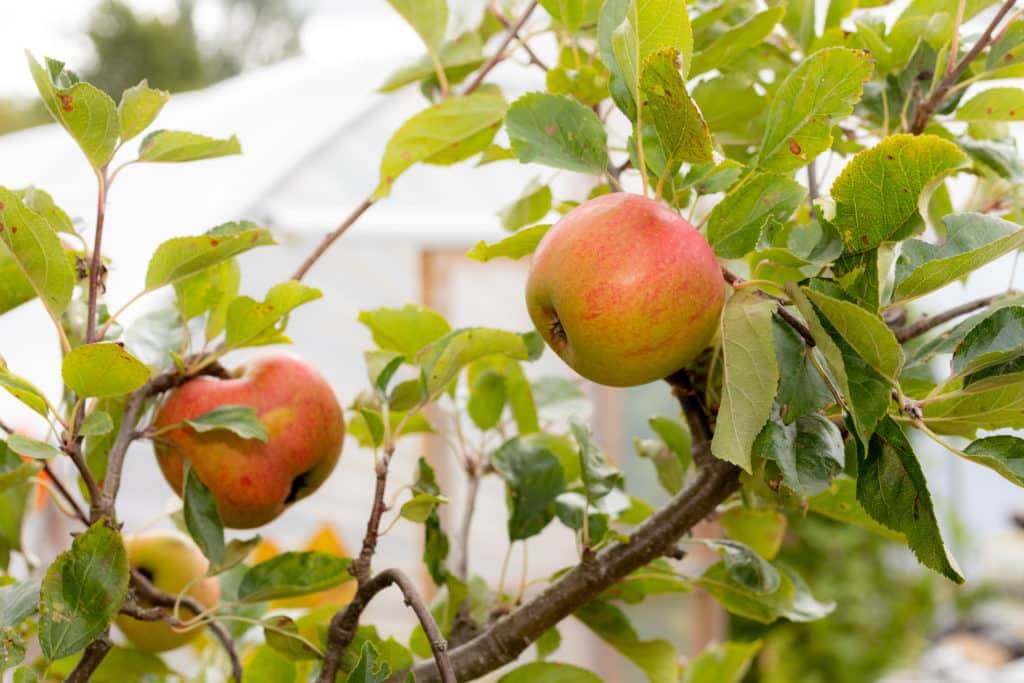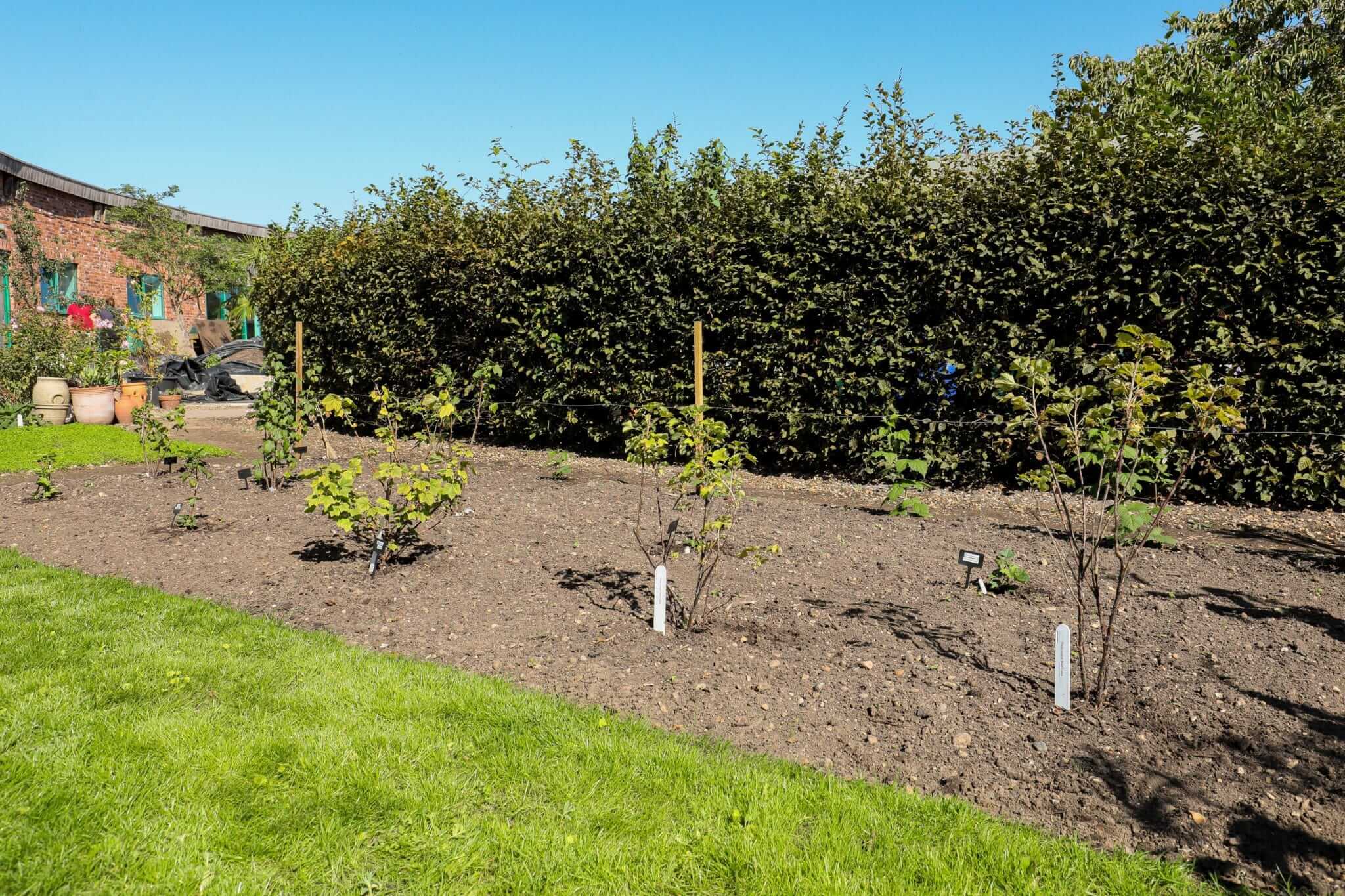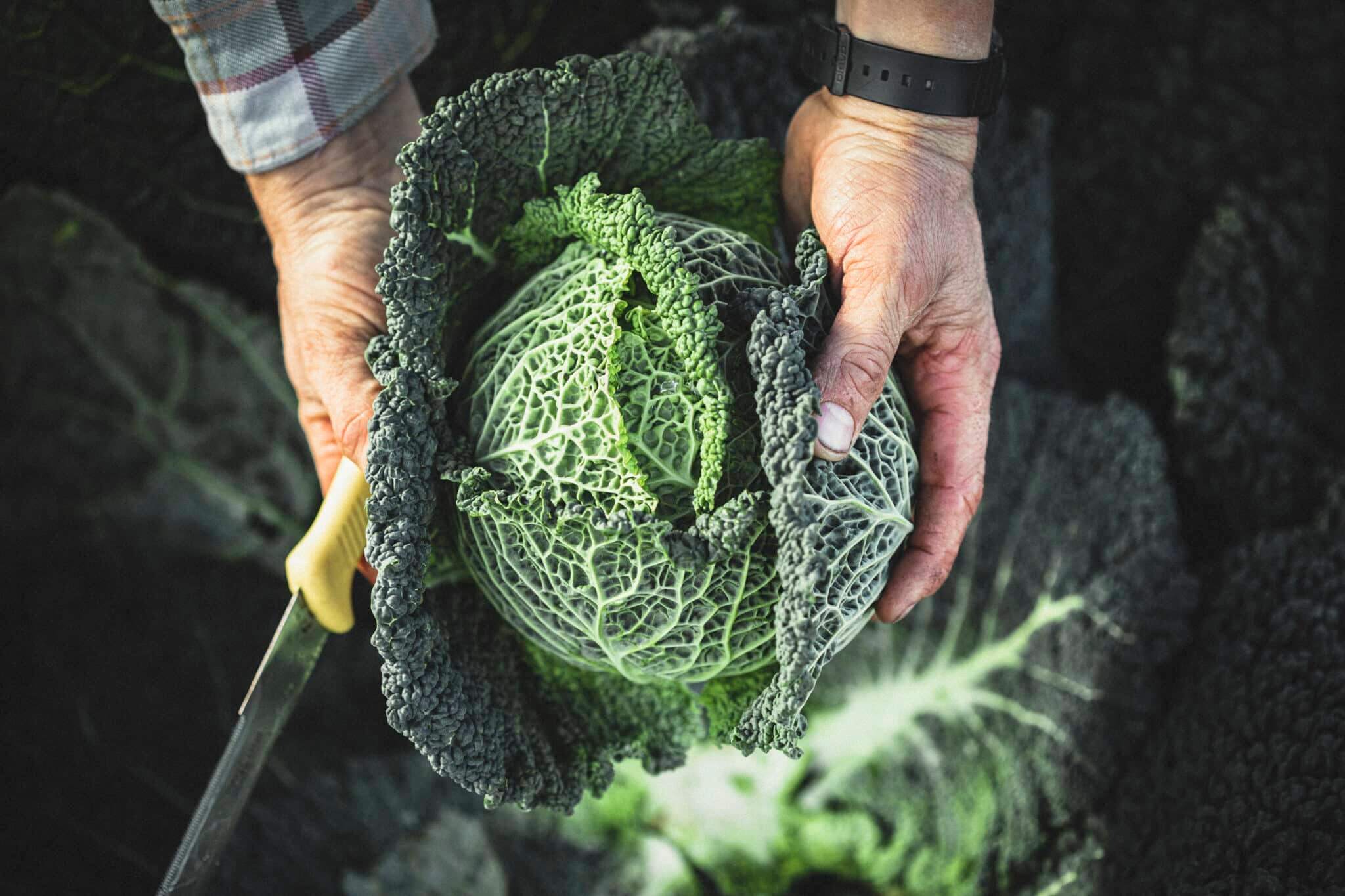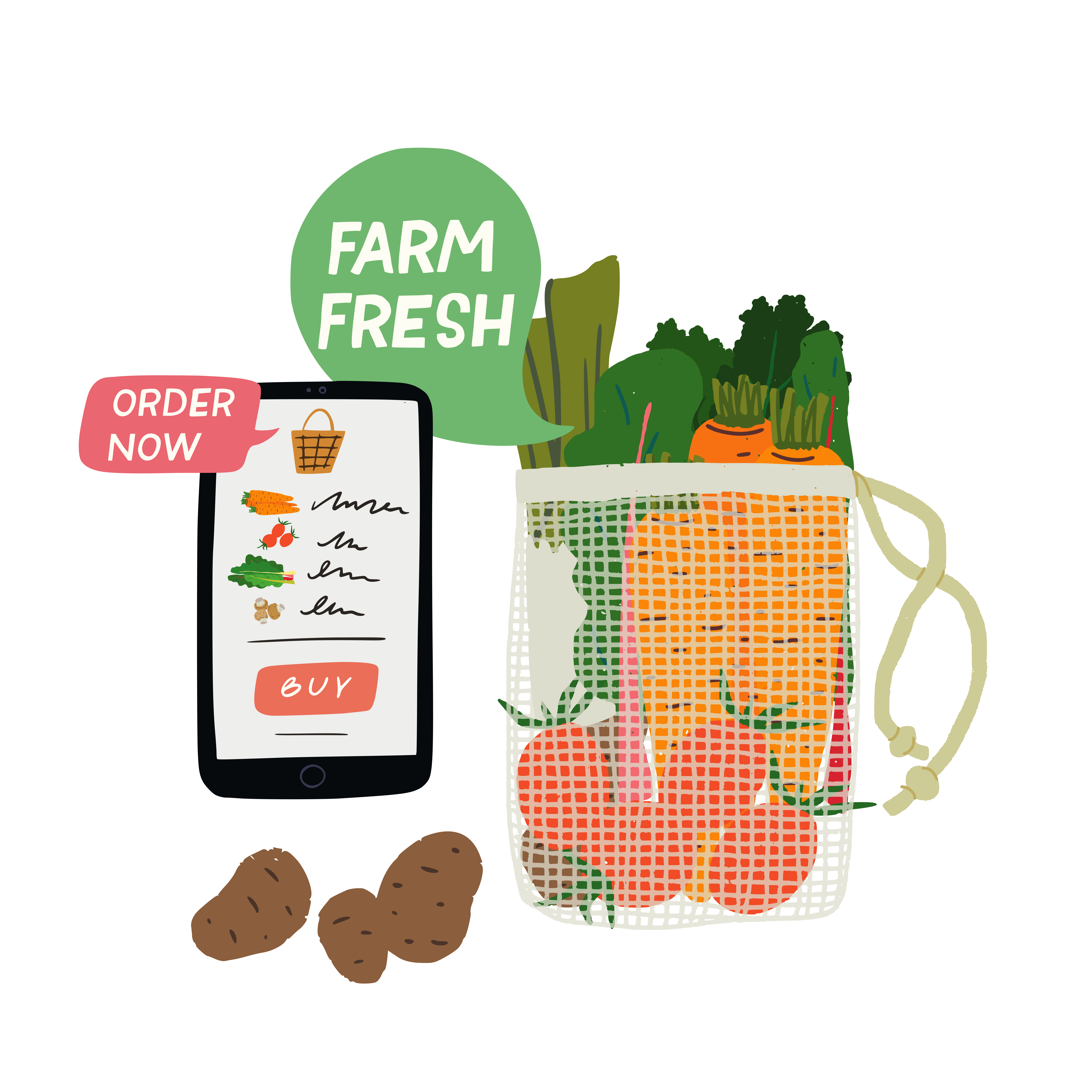In the summer and autumn, I love nothing more than picking a punnet of homegrown raspberries – fingers red with juice. Equally, an apple straight off the tree cannot be rivalled by a shrink-wrapped supermarket specimen.
This is the complete joy of grow your own: savouring the fruits of your labour. The bonus is that fruit trees and bushes also offer shelter and food for wildlife, making them a perfect addition to an organic garden.
Berry beautiful
October to March is the ideal time to plant trees or fruit bushes, whether as bare roots or container grown plants. They’ll all thrive in well-drained, fertile soil in a sunny position. Just make sure the soil is not frozen or waterlogged before planting.
Bare root plants might look unappealing when they arrive, but they are packed with potential. Given the right care, the plant will establish quickly and before you know it, you’ll be picking juicy fruits.
Soil preparation is the key to success. If your soil drains well and is reasonably fertile, prepare a planting hole one metre in diameter. If your soil is poor, prepare a larger area and mix one to two spades of garden compost into the dug-out soil.
Dig a hole at least 20cm deeper than the bottom of the roots and backfill with soil. Ensure the final planting depth is the same height as the soil mark on the stem (and no lower than the graft union – the bump at the bottom of the stem, just above the roots). The only exception are blackcurrants, which should be planted 5cm deeper than the original soil mark.
Small space fruit
If you have a small garden, you can still grow fruit bushes in a container. A single raspberry, for example, will need an 45cm diameter pot that can hold at least 15litres of compost. Add a little coarse gravel to the bottom of the pot, to cover the drainage holes.
Fruit trees such as cherries or apples, grown on a dwarfing rootstock, are ideal for smaller spaces. You could also try figs, crab apples or strawberry trees.

Harness your harvest
Although your new fruit plants will need watering in the first two to three years, especially in dry weather, they are pretty easy companions.
It pays to keep a perimeter of 60-75cm clear of grass and weeds, so the roots have room to establish and there’s no competition for water and nutrients. A mulch around the base can help too. Use old newspaper (at least eight pages thick) or cardboard covered with straw, grass mowings, or leaf mould and water to moisten.
Pruning can help open up the canopy, allow air to circulate and prevent disease. Best of all, it encourages more fruit.
Your little fruit garden will take two years to settle in, and probably won’t provide a large harvest until year three. But it will be worth waiting for. Grown at home, your fruit will be packed full of flavour and vitamins, free from pesticides and completely traceable.
The Grow Your Own Wicked Leeks series is written by Garden Organic, the national charity for organic growing. Each month we bring you timely advice on what to do in your organic patch, whether you’re an experienced grower or just starting out. Share your own tips and gardening photos on social media under #GYOWickedLeeks.













0 Comments